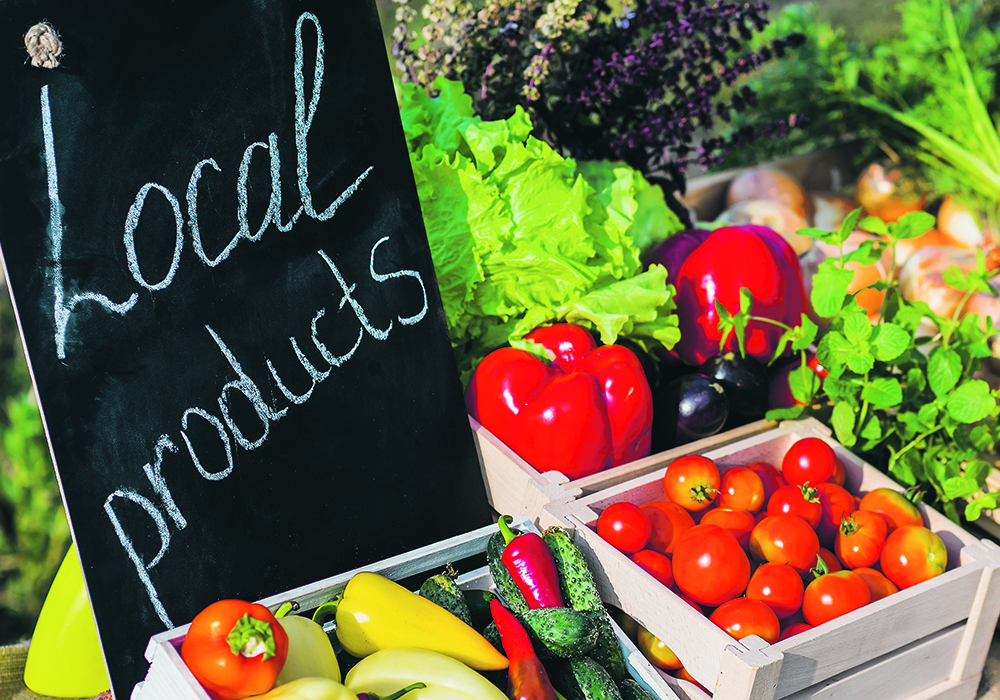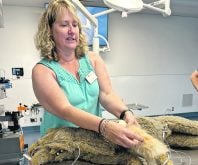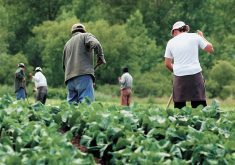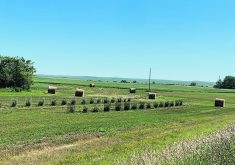Newfoundlanders don’t want to depend on other Canadians for food.
A few years ago, the government of Newfoundland and Labrador set a goal of producing 20 percent of its own food by 2022.
The would be a substantial improvement from the current 10 percent.
“We are well positioned … because Newfoundland and Labrador is the only province in Canada that is creating significant new farmland,” a provincial document stated. “We have growth potential in fruit and vegetable crops, grain production, industrial milk, berries … bees, lamb and beef.”
Read Also

Agri-business and farms front and centre for Alberta’s Open Farm Days
Open Farm Days continues to enjoy success in its 14th year running, as Alberta farms and agri-businesses were showcased to increase awareness on how food gets to the dinner plate.
There are only 407 farms on the island and less than 20,000 acres of cropland, based on the 2016 census. That’s not a lot, for a province with 520,000 people.
Whether food self-sufficiency is realistic or economical doesn’t seem to matter now.
During the first months of the COVID-19 pandemic, North American consumers couldn’t find staples like flour or ground beef on grocery store shelves. That food “shortage” was a godsend for critics of modern agriculture.
Academics and representatives from environmental groups used the opportunity to slam “industrial farms” and condemn international trade of food.
They argued that nations and regions should be less dependent on imported food. One Canadian academic, Jennifer Clapp, a University of Waterloo political economist, received a career’s worth of attention for a piece she wrote in the New York Times with the headline: Spoiled Milk, Rotten Vegetables and a Very Broken Food System.
“We need to rejuvenate local and regional food systems to reduce the vulnerabilities that come with being too reliant on imported and corporate-dominated foods,” Clapp wrote.
“This doesn’t mean cutting off all trade or abolishing all packaged foods, but it does mean building diversity… (and) shorter, more sustainable food supply chains that are closer to home.”
Clapp is not alone.
Food think-tanks, non-governmental organizations and academics are also arguing for smaller farms and less trade of agri-food products.
Etc Group, an organization in Ottawa, said three years before COVID-19 that the global food system is a failure.
“The industrial food chain uses at least 75 percent of the world’s agricultural resources and is a major source of (greenhouse gas) emissions, but provides food to less than 30 percent of the world’s people,” they wrote in a 2017 report.
Canada’s ag sector would look very different if food policy shifted toward local food. Canada exports 70 percent of soybeans, 70 percent of pork, 90 percent of canola and 95 percent of pulses, according to data from the Canadian Agri-Food Trade Alliance.
What would Canada do with its excess agri-food production, if Americans, Indians, Chinese, Japanese and Indonesian citizens decided to eat only local?
That’s never going to happen, but government policies that favour local food may be here to stay.
Newfoundland, for instance, wants to produce more of its own livestock feed, so it doesn’t have to rely on shipments of corn and forage crops from Nova Scotia and Quebec.
If it can produce more feed crops, it would make cattle production more economical and increase the supply of local beef
Farmers like Ian Richardson, who has a small herd of beef cattle about 60 kilometres from Corner Brook, said Islanders want to eat local beef.
“There’s been a huge demand… and it’s really spiked since COVID hit,” he said. “We’ve probably had 20 or 30 new customers (in the last two months).”
Less demand for “imported” beef in Newfoundland will not distort the $385 billion global beef market.
But if local food and self-sufficiency becomes a powerful movement in hundreds of states, provinces and countries, it could make a dent in the global trade of food.
















